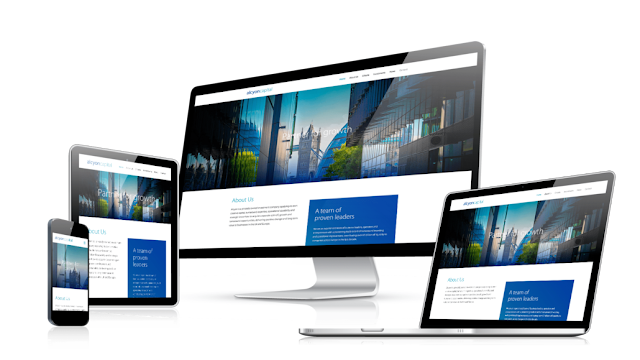HOW TO REDUCE THE BOUNCE RATE FOR YOUR CORPORATE BLOG

One of the biggest concerns that people have with their blog or website is knowing how to reduce the bounce rate, since it is one of the important SEO factors for search engines like Google. A few days ago I participated in a Google Analytics webinar where I explained how to create a personalized report, and add different metrics to analyze the performance of a corporate or professional blog. Well, at the end of the talk a person asked me why I had not included the bounce rate in the report. As I said to that person, I'll tell you that from my point of view the bounce rate in a blog is a metric that does not provide much information. It is preferable to analyze the time of permanence of visits and see if it is growing compared to previous periods. In addition, you should bear in mind that as a general rule, the bounce rate in a corporate or professional blog is usually around 70% -90%. And the only page that gets a low percentage is the home page , because it has th...





